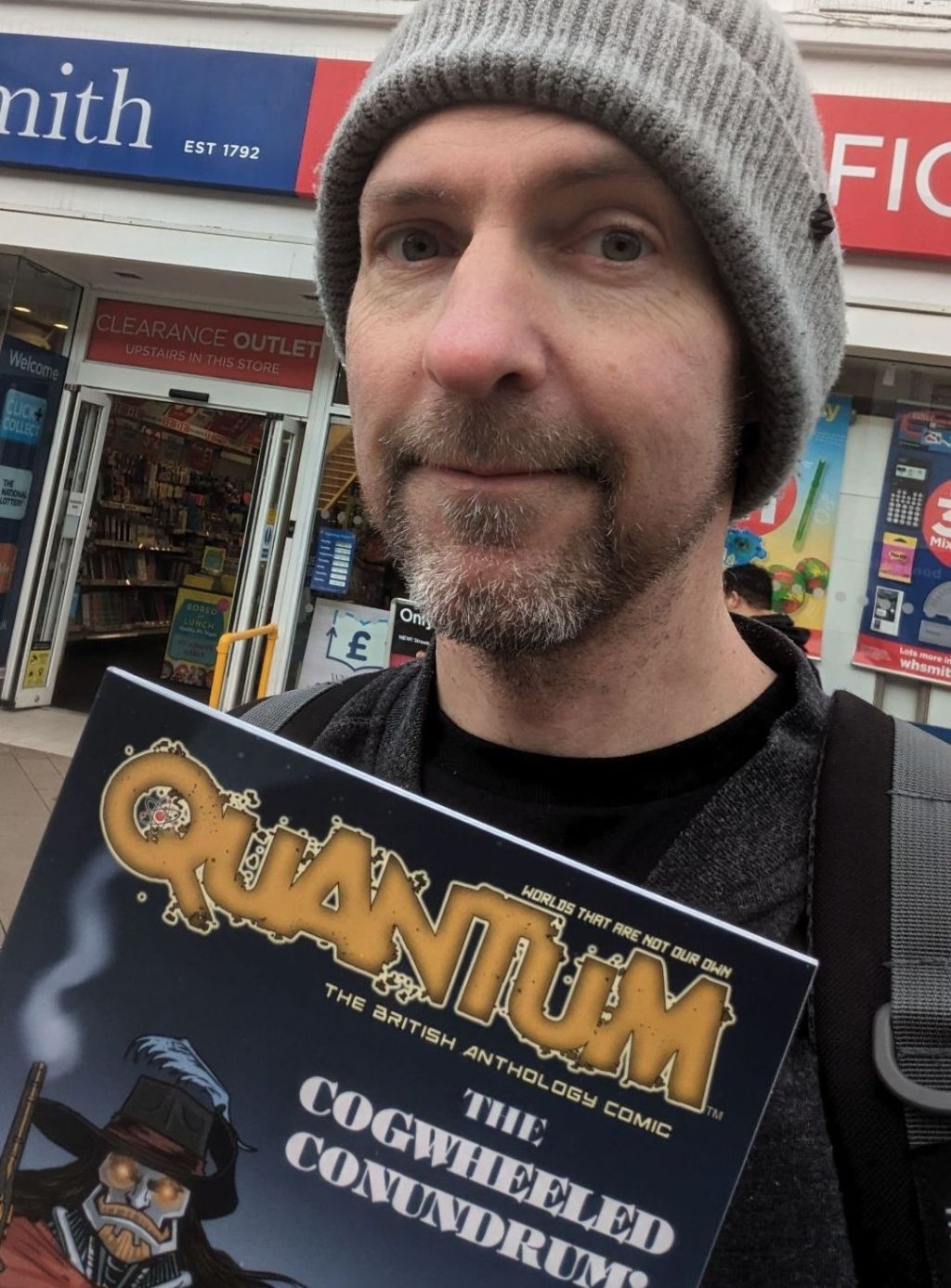
It’s no secret that I’m a huge fan of board games and, naturally, turn-based strategy games. There’s something immensely satisfying about playing a game at your own pace, measuring up your opponents and reacting to their movements and strategies with your own. Though I can’t claim to be an expert or even particularly skilled at this type of game, the great game design to be found in ‘good’ examples of the genre always make an impression on me.
Though Quinterra does have a board game-esque structure and turn-based combat rounds which take place on hexes, there’s an awful lot that sets it apart and gives it a unique feel. The setting – a beautifully colourful, dreamily cartoony woodland environment (at least at first – more variety does follow later!) – and its anthropomorphic animals are part of this, but the layers of game mechanics that are present also form part of what sets Quinterra apart from other strategy titles.

That does come at a price, however, with a very steep learning curve due to the somewhat bewildering array of concepts and mechanics that need to be taken on board. At its most basic, you’ll be exploring an overworld map, one space at a time, visiting areas such as marketplaces or ports and also spaces that lead to combat encounters – sometimes facing powerful and intimidating bosses. Once combat is initiated, you’ll draft units (not just creatures – you’ll have access to structures that aware advantages and/or resources too) into what feels like a hand of cards (evoking a sort of deckbuilding/hand management feel), spending the different resources you have at your disposal to recruit units or artifacts and using these to conquer the enemy. There’s a neat back and forth feeling to the combat, with attack and health stats that are straightforward to read at a glance, making it one of the least complex and easiest to grasp aspects of the game. Units can be improved with equipment upgrades and crystals, thereby strengthening your army as you progress.
Adding to the enchanting, storybook ambience is the beautiful soundtrack, which really does go a long way to sell the drama and wonder in the game’s unfolding story of anthropomorphic creatures at war.

It’s a lot of fun, though I really must stress that it does take a little while to get used to the different mechanics and moving parts in the game. Once you have, however, it’s easy to get drawn into the game and end up sinking a lot more time on a run (it’s a roguelite at heart) than you intended to. There’s a lot of content here too; once you do know how to play, Quinterra gives you a lot of reasons to keep coming back for more.
Enjoyed what you’ve read? Want to support my blog? There’s no pressure of course, but every penny helps to keep this site running, as I earn no income from my writing here (though I may earn small fees from affiliate links posted on my pages).
However, I’d be truly grateful for any support that you could offer – and it’s easy to do so at either of these links: Ko-Fi.com/geekmid or PayPal.
Any donations are truly appreciated – and I also appreciate you taking the time to read my articles. Thank you so much!

Help support me here!
All donations are gratefully received and will help me keep the lights on here – as well as help to keep my writing dream alive! Please be aware though: there’s no pressure. I just hope you’ve enjoyed reading my article!
£1.00





Leave a comment